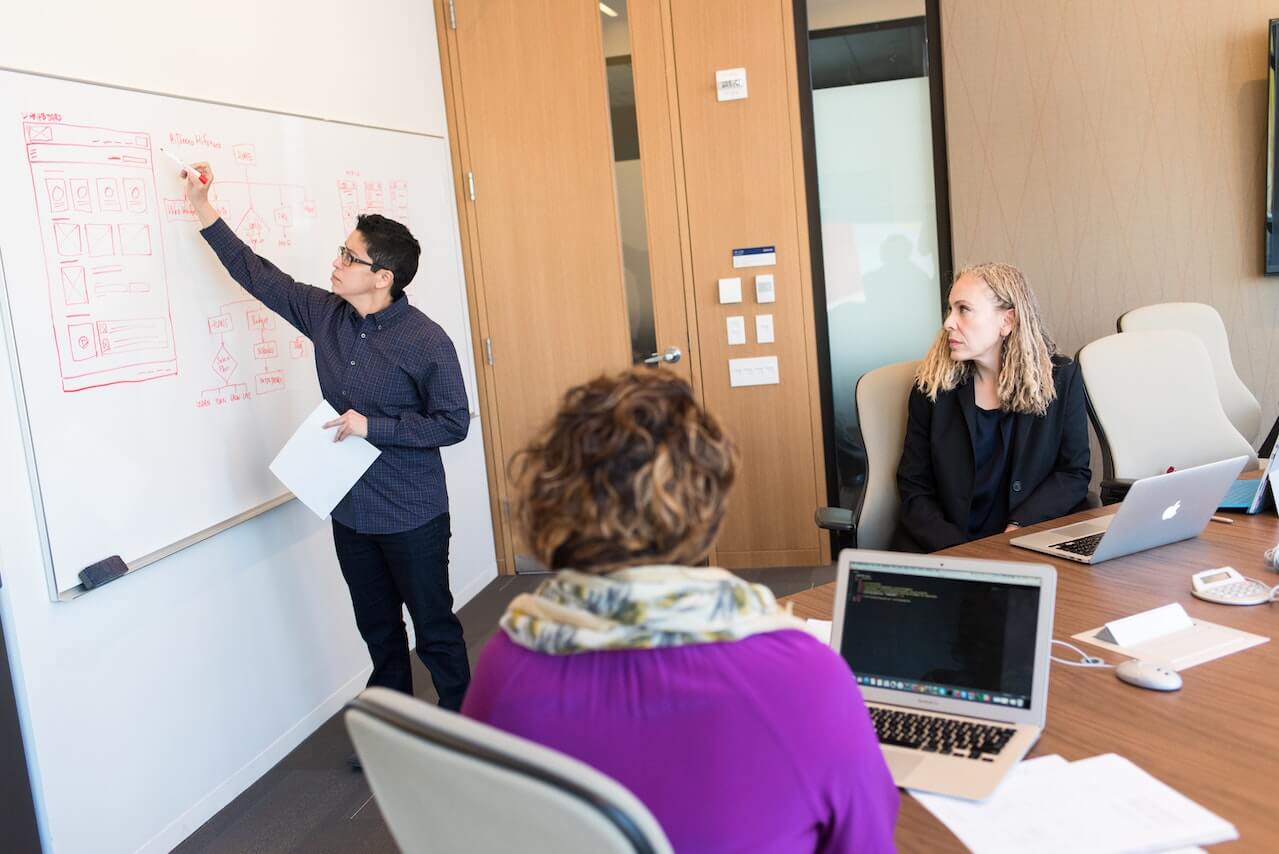So you have piles of venture ideas and don’t know where to start. Or perhaps there’s just one idea that you think looks pretty good. Either way, you need to some feasibility testing.
To narrow a long list to a manageable number, try the Quick Feasibility Screen (at www.RolfeLarson.com click on Free Resources). It’s a list of ten multiple-choice questions that has been used by hundreds of organizations to winnow down a long list into the best one or two ideas. In most cases, you can do this just using what you already know or can find out quickly.
Once you have it down to one or two ideas, take a look at the Quick Feasibility Test, which takes more time. Here are our top 10 tips for efficiently gathering the information you need to answer those questions:
1. Start with your goals. What do you want to accomplish? How will you define success?
2. Write a one page “first cut” summary of your venture, describing its products or services (benefits not just features), customers, operations, marketing strategies, and likely competitors.
3. Decide whether you want to do the feasibility research yourself, bring on a team, or hire a consultant to help.
4. Go online to find similar ventures and interview them. You’ll be surprised how open they are.
5. Your online research should also guide you to some “experts” in this field: could be retired managers, consultants, state employees, even academics.
6. If this is a venture idea you already know something about, you probably already know some other folks who can offer some insights. Talk to them.
7. If there’s an industry association that covers that area, contact them.
8. “Secret shop” potential competitors to learn how they do things.
9. Identify your target customers and then find ways to interview some of them. A dozen interviews can yield great results. Evaluate their willingness to pay; what do they currently purchase that’s more or less similar?
10. Write down everything you’ve learned. You can use the Quick Feasibility Test structure above to organize your work. Crank out some projections based on your research, and run the whole thing (5 -10 pages max) past a half dozen people with business experience. Revise and do more research if needed.
Good luck!
————————————————————-
Copyright © 2010 Rolfe Larson Associates – Fifteenth Anniversary, 1995 – 2010
Author of Venture Forth! Endorsed by the late Paul Newman of Newman’s Own
Read my weekly blogs on Social Enterprise and Business Planning










